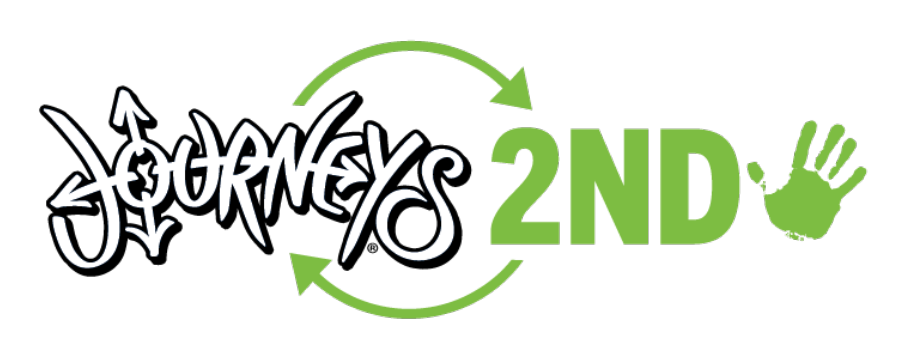Dr. Martens
Dr. Martens – Built for Originals
Lace up and level up with Dr. Martens — the brand that’s all about bold moves and standing out. From that iconic yellow stitching to the ultra-tough Goodyear welt and signature air-cushioned sole, every pair is a shout-out to fearless self-expression.
Whether you’re vibing with sleek black loafers, timeless oxfords, or the ride-or-die Chelsea boot, Dr. Martens brings serious style with a rebellious edge. These are the kicks that have rocked stages, ruled the streets, and defined generations.
Everyday heat or weekend-ready fits?
Our men’s Dr. Martens lineup brings you the freshest drops and fan-favorite staples — think the 1460, Combs Boot, Zebzag Sandal, and more. Go classic in smooth leather, chill in canvas, or switch it up with suede and nubuck. No matter your vibe, there’s a pair that gets you.
Own your look. Make it loud.
Shop the latest Dr. Martens at Journeys and Journeys Kidz — where style never stays quiet.








